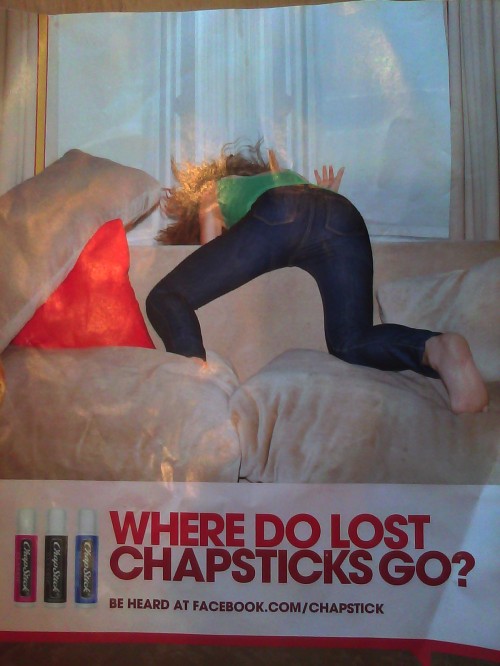Kim Kardashian may not fully understand the true cost of her 72-day marriage.

I realize that none of the Kardashians are big on introspection – unless they’re being paid for it, of course – but I can’t help thinking that before Kimmy K here decided to announce her big divorce after less than 3 months of wedded bliss, she might have done well to consider the tragic story of Jennifer Lopez, circa 2004.
You remember the early 2000s, I’m sure: Jennifer Lopez was the hottest girl on the block, with a hit album, reasonably successful movies, a clothing line, perfumes and sponsorships up the wazoo.
JLo was gorgeous, seemed to be everywhere, and had no problems trading on her appearance (including a distinctive rear end).
Then Bennifer happened: Her much-publicized, shamelessly commercialized relationship with Ben Affleck. In those days, we hadn’t yet handed over our brains to reality television shows. But that didn’t stop Bennifer from appearing on screens everywhere, from music videos to really, really bad movies to hyper-promoted tv interviews focusing on the ginormous engagement ring and endless prognostications about married life, kids and the future.
Oh sure, plenty of us complained about the relentless People covers, the Bennifer sightings in various glamourous locations – just as so many of us have complained about the Kim Kardashian media obsession.
But the whole thing didn’t really implode until the marriage was called off at the last minute. And two careers were left in a mess. (Even Matt Damon uncharacteristically called it “the worst thing” Ben Affleck could have done for his career.)
It’s taken JLo 6 years to recover.
Post Bennifer, Jennifer Lopez’s career took a huge hit: Her movies with Afflect (Gigli, Jersey Girl) bombed critically and at the box office; her albums fared poorly; her sponsorships dwindled; and her JLo clothing line was ‘retired’. She spent most of the last half of the 2000s out of the public eye.
(Yes, I know she was busy having babies and all, but look at Beyonce: She’s 5 months pregnant but still managing to release music videos every 2 minutes and if I see her in another Feria or perfume commercial, I think I’m going to lose it. Suffice to say that for most A-listers, pregnancy is no bar to keeping the machine rolling.)
It’s taken JLo 6 years to climb back from the overexposure, and she still hasn’t quite managed it entirely: She had to take a big risk with American Idol, and her new clothing line had to be a partnership with Kohl’s. Her new album’s first single did fairly well, but I’m willing to bet she’s made more money from the corporate sponsorships in the videos than she has from the actual music.
Does Kim Kardashian have 6 years?
At least Jennifer Lopez could sort of sing, dance and act.
What can Kim K do?
Well, she – or her mother, anyway – has a genius for exploiting mass media, and it’s entirely possible that, having watched the world get tired of Paris Hilton, Kim decided she’d go for a massive payout now and take the backlash consequences later.
But I don’t think so. I think that the Kardashians as a group genuinely think that their brand is far more aspirational than it really is. I think they forget that sooner or later, customers do in fact wake up to the fact that they’re being duped, and generally aren’t very pleased about it.
So the question is: When you’ve revealed yourself as willing to do just about anything to get headlines and cash – including what appears to be a ‘sham’ marriage – will people still want to buy your clothing? Or will they just be too embarrassed?
Twelve months from now, Kris Jenner may still be talking about all the ‘deals’ Kim is involved in, but I’m 100% certain you won’t be bragging about the new Kardashian Kollection outfit you just bought.


